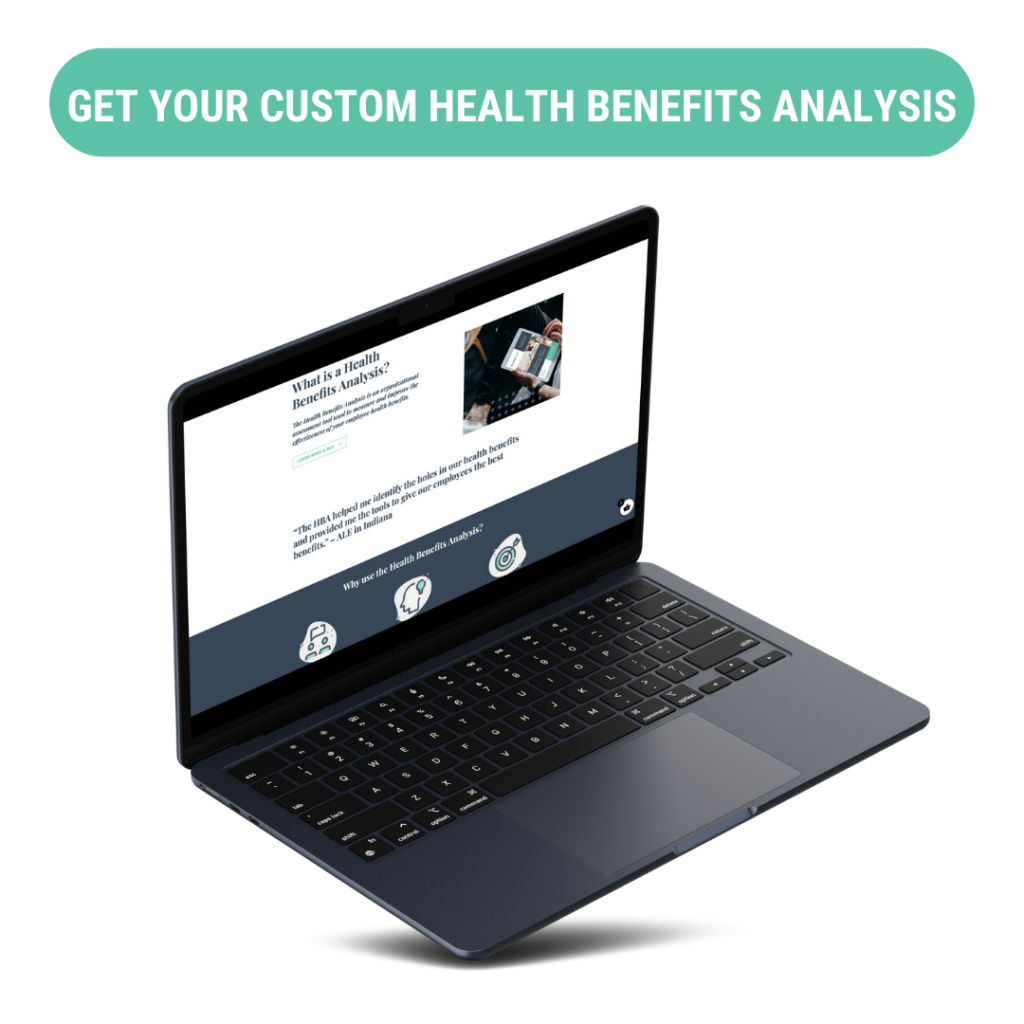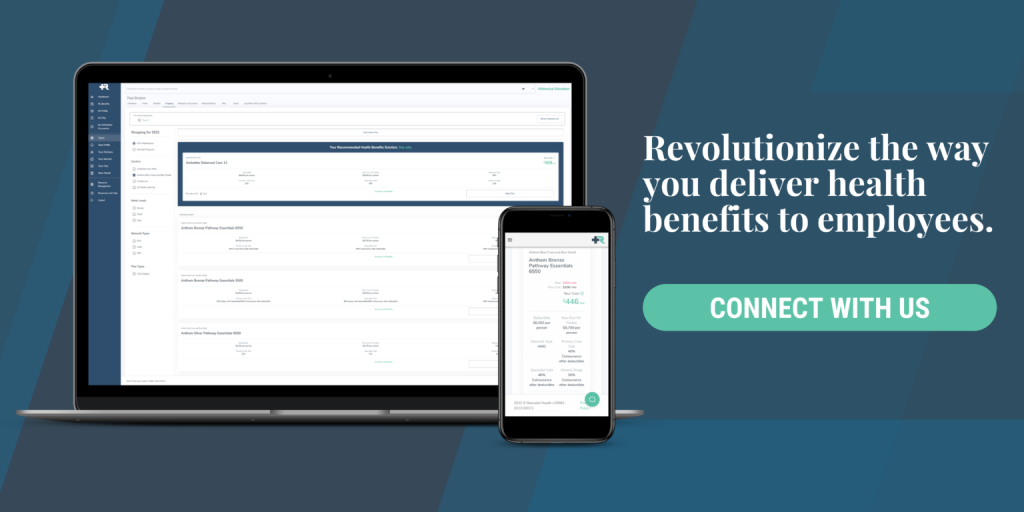You have probably never seen the words “ROI” and “health insurance” in any blog before. In fact, you may have never even thought ROI was possible for your small business health insurance! Luckily, we’re here to tell you that you actually can find the return on investment when it comes to healthcare dollars. Let’s break it down:
1. The Retention Problem
You’ve no doubt heard that “a penny saved is a penny earned.” So before we get into the fun part of making money, we need to talk about how to stop losing money. Let’s focus on what Gallup cites as a $1 trillion preventative problem: employee retention. The data shows that for any employee lost, it will cost the small business 2X the salary of the vacant position to just recruit and train a new employee.
Do you know what one of the leading causes of losing employees is? You’ll probably be surprised to hear that it is health benefits. The reason why I suggest that you’re likely surprised is that the data shows that only 3% of small businesses believe health benefits are the top priority. Whereas 56% of current employees will choose to stay or leave based on what’s being offered.
Good business is not always about just making money. It’s also about not losing money. Making money isn’t just about new revenues, it’s also about saving the resources we have right now. This is a huge problem we have on our hands. Thankfully, there is something that we can do about it!
2. Spending Better
People often judge health plans by their copays. But a copay isn’t the best way of thinking about insurance. After all, insurance is the transfer of risk from the individual over to the insurance company by paying a premium. Simple, right? Well, it should be. We have tended to convolute the entire concept of protecting ourselves and our employees. What if we kept it a little more simple? By keeping it simple, we can start spending better.
There are two styles of plans. There are copay plans, in which you pay some cash amount when you visit the doctor, and then there are high deductible health plans (HDHPs), in which you pay the network discount amount up to the deductible. Most often, copay plans have the same or higher max-out-of-pockets as HDHPs. This means co-pays aren’t helping lower your maximum risk.
HDHPs are also called “consumer-driven” plans because they put you in the driver’s seat. Consumer-driven HDHPs are also HSA-eligible. Health savings accounts (HSAs) allow employees to save up money in their accounts tax-free from either their own money or even from the employer.
HSA-style plans have grown by 700% in popularity over the past 15 years. This is partly because copays cost more, especially with their hefty annual increases. In addition, this has to do with the unique opportunity to improve the overall benefit being offered. It’s no longer just the product; employers are also giving medical dollars to save up in the HSA and keep for their own.
If a family spends $2,000 per year on medical expenses — which is above average — but continues to save up the IRS max each year, in 3 years, they will have enough money in their HSA to cover their out-of-pocket max. They’ll never have to worry about the worst year for their family because their tax-free medical dollars will be ready to cover the total cost of all their bills!
Are you starting to see why rethinking health benefits for your small business is so important?

3. Investing Health Dollars
Saving up tax-free money and letting it grow sounds awesome. It certainly sounds like a better benefit to the employees of your small business. It helps retention and lets you start spending smarter. Those saved-up dollars can go toward so many medical expenses! As good as it is, it doesn’t just stop with the savings.
Forbes highlights that you can invest HSA dollars into mutual funds, and they can grow tax-free. Health Savings Account dollars are a triple tax break: tax-free going in, tax-free growth and tax-free coming out. This means you can grow the money in your Health Savings Account to cover all of your out-of-pocket medical costs once you are retired. You can even use it as supplement-retirement income after the age of 65.
These principles are just the tip of the iceberg when it comes to profound ways you can start improving your employee retention. Most importantly, you can start seeing ROI on a part of your small business that has been doing nothing but burning cash for decades.
Our consultants at Remodel Health can provide you with a comprehensive Health Benefits Analysis to ensure you discover all of your options to take better care of your employees and ultimately control costs and quality of healthcare better than you ever have before. Stop spending and start investing your health insurance costs back into your business.

Important Notice: Remodel Health does not intend to provide specific insurance, legal, or tax advice. Remodel Health always recommends consulting with your professional representation to properly evaluate the information presented and its appropriate application to your particular situation.
